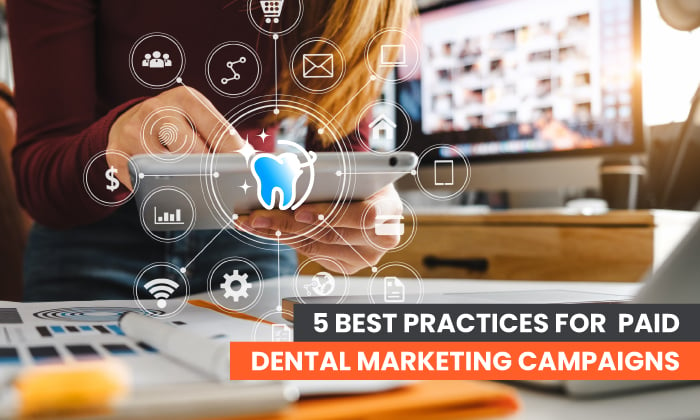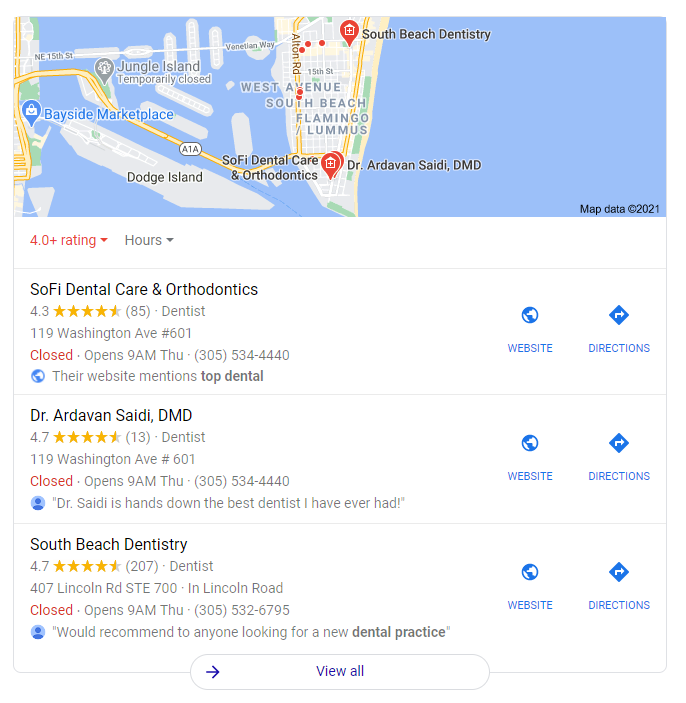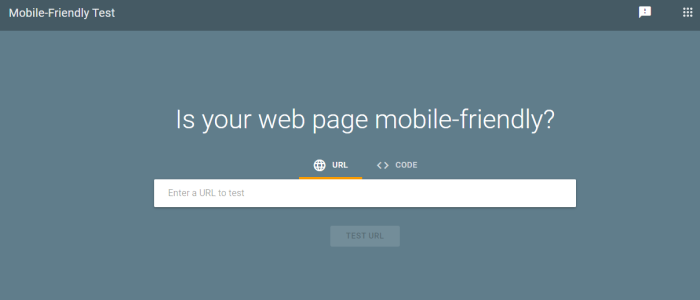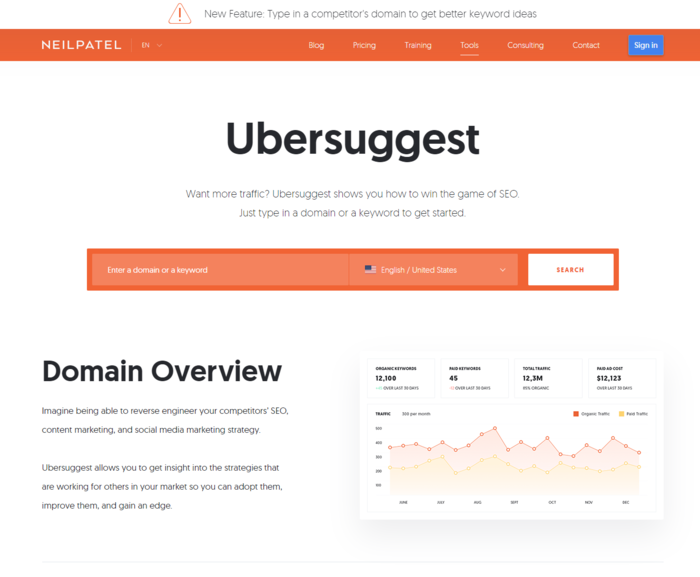
Some days, getting customers interested in your local dental business can feel like an uphill battle.
There’s a good chance you’ve been curious about how to develop a robust online presence. Whether you don’t know where to start or you’ve struggled with outshining your competitors, the process of building your online presence can seem daunting.
Fortunately, there are quite a few ways to connect with your ideal target audience and create an engaging dental marketing campaign online.
Today, we’re going to dive into a list of recommended practices for elevating dental practice online. We’ll go over powerful tools and leave you with a deeper understanding of what it takes to succeed in digital marketing.
Dental Marketing Strategy #1: Localize Your Ads
When it comes to dental marketing, one of your top priorities should be marketing your business locally. This is where local search engine optimization (SEO) comes in.
Local SEO is about attracting nearby customers via an online search. According to Google, 76% of people who search on their smartphones for something nearby visit a business they discover in their search within 24 hours.
Local business search results are presented slightly differently from traditional search results. Known to most as the Google “Local Snack Pack,” top local businesses are placed in their own separate space.
These three slots account for 33% of clicks, with the remaining first-page organic results resulting in another 40%.

In other words, when someone searches for “best dental practice in South Beach,” you need to be on that first page.
When you’re looking to maximize your online presence for local search, you must focus on a few key components.
How to Get Started With Local SEO For Dentists
Mobile devices account for 50% of all global website traffic. If you’re serious about developing a strong online presence, your website needs to be optimized for mobile visitors.
Fortunately, checking whether your site is mobile-friendly or not will take you a few seconds. Google’s Mobile-Friendly Test tool is free, accurate, and worth using.

Once you’ve done that, it’s time to focus on your Google My Business (GMB) listing. While you’ll want to make sure you establish a presence on most map platforms (Apple Maps and Bing Places, for example), Google My Business is critical.
In fact, GMB is responsible for 25% of your Local Pack ranking and nearly 9% of your organic search rankings.
Start by setting up your business name. Avoid using keywords here, as this is against GMB guidelines and can get your business suspended from local search.
Enter your address, followed by your exact location.
Next, choose a category for your business and enter your phone number and website. From there, verify your listing via phone.
Don’t worry; Google will walk you through the finer details.
Once you’ve verified your business, you’re all set with your basic GMB listing.
Over time, you’ll want to optimize your listing further by:
- providing more relevant categories
- uploading photos of your business
- adding business hours
- naming services you offer
- listing additional features/services of your business
Dental Marketing Strategy #2: Use Income Targeting for Your Ads
As you continue to explore new ways of expanding your dental marketing campaigns, you’ll eventually find Google is far from the only game in town.
While you should promote your business on Google and other search engines through organic search (that is, search results you don’t pay for), paid ad campaigns via Facebook and Instagram can present exciting options and results.
By using income targeting, you can target potential customers who fall into specific income brackets. This accomplishes a few things.
For one, it lets you focus on people who need or can afford your services. Households in the top 10% can be shown different ads than households in the lower 50%, for instance.
If you specialize in procedures not commonly covered by insurance, you may want to target consumers who can afford to pay out of pocket. If you offer services tailored for those in need, you can choose that direction. Anywhere in between works, too.
You decide what group to target with your advertisement by creating a buyer persona. “Buyer personas” refer to the ideal customer for your dental business.
These are the building blocks of your dental marketing campaigns on social media, especially for highly converting ads. When you’re first starting, it’s easy to fixate on getting the massive traffic spikes. The bigger the return on investment, the better the campaign, right?
Well, not exactly. I’ve found it’s best if you start by prioritizing the validation of your buyer persona. Your focus should be on identifying customers and segments that respond to your advertising.
Once you’ve validated that, you’ll feel much more comfortable spending money on ads. This means less wasted money overall and more tangible value. You don’t have to swing for the fences. You just have to get on base.
How to Get Started With Income Targeting For Dentists
If you’re new to the world of Facebook Ads, there’s a chance you might miss some of the minor details. Interestingly enough, this particular detail is entirely optional. In my experience, I’ve discovered income targeting is a fantastic way for businesses to reinforce their buyer personas.
As you’re setting up your Facebook ads, you’ll notice you can target specific demographics in the audience section. You’ll also be able to determine an average income range.
This is exceptionally useful because you can ensure your ads are being shown to customers with the financial capacity to engage with your business. After all, even the best dental marketing campaign is useless if you aren’t reaching customers who can afford your business.
Dental Marketing Strategy #3: Use Intent Targeting For Your Ads
When you know what your audience wants, it should be much easier to offer them value. Intent targeting is the concept of improving your marketing campaign’s effectiveness by targeting prospects based on their purchase intent.
Essentially, you’re building marketing campaigns that address what customers want.
If that sounds confusing, here’s the easy way to think about it. Sometimes, brands struggle to understand the behavior of their customers. Maybe they aren’t sure what their ideal customer looks like or how they behave.
The focus of intent targeting is to provide the best possible experience for customers and develop a clear sense of how customers interact with the business.
As customers make decisions throughout their buying cycle, that information is aggregated and turned into intent data. This can be anything from the frequency of page visits to the volume of blog readership your dental marketing campaigns attract monthly.
Generally, the process works in stages.
You’ll start by defining your ideal customer (remember the “buyer persona” thing earlier?). Then, you create ads for that person.
Once your ad is posted, you can follow the number of people who click on your ad and make purchases. Many sites have a way for you to do this on your advertising account, and if you’re starting small, this is a relatively easy way to learn.
By tracking data like the number of clicks, businesses can identify the users who are serious about purchasing their product or service. The advertising data you get tells you not just the number of clicks but (in general terms) who the clickers were, e.g., where they live, their age bracket, and, yes, their income levels.
From there, you’ll optimize for customer engagement. This means changing things based on the number of users clicking and purchasing and their demographics. You can change your ad’s settings or content to do that.
How to Get Started With Intent Targeting For Dentists
There are dozens of ways your business can use intent data.
A relatively simple way to get your foot in the door is to use your existing patients, as you know they are already likely to use your services—the intent may be there to begin with.
Chances are your dental practice already has a list of client email addresses. You can use these to create email campaigns and then keep an eye on the number of positive responses—and appointments—you get from them.
But, this won’t necessarily bring in new customers unless you’re running a referral campaign in those emails (which isn’t a bad idea!). So, you need to look at other ways to use intent targeting.
One of the most common tools businesses use when practicing intent targeting is running retargeting ads. A retargeting ad is essentially an ad for users at a specific point in their buying journey—that is, whether they’re just researching, ready to buy, or somewhere in between.
For example, you can specifically target people who have visited individual pages on your website when setting up retargeting ads.
If you see a particular page is being visited a lot, but people are leaving quickly—also called “bouncing”—look at the page to see what could be wrong. Maybe a customer left a page because a particular service’s price was too high. Your ad can highlight financing options or a promotional sale if that’s the case.
With a 70% increase in conversions due to retargeting, this practice is worth incorporating into your dental marketing campaigns.
Dental Marketing Strategy #4: Use SEO and Long-Tail Keywords
We’ve already discussed local SEO and the value of reaching out to users searching for local businesses. However, there’s so much more to SEO than merely setting up a Google My Business listing.
To understand SEO fully, we first need to know how search engines function. Search engines are in the business of providing the answer to a question.
Of course, these search engines don’t just provide any old answer. Consumers continue to use search engines like Google, Bing, and Yahoo because they give the right answer nearly every time.
This leads us to a practical question: How do search engines always have the right answer?
This is where keywords come in. Keywords and keyword phrases are what people type in when searching for something. Search engines take those and compare them against millions of sites to see which ones work best in response to what the user typed.
While search engine algorithms are famously complex, they all rely on keywords to interpret some degree of value. This means if you’re looking to rank highly on certain search results pages, your site and ads need to match the chosen keywords properly.
How to Get Started With SEO and Long-Tail Keywords
Let’s talk about keyword research. Start by making a list of all the vital topics relating to your specific practice. Start general (e.g., “dentist”), but feel free to get a bit more specific (e.g., an unusual condition or procedure your practice specializes in) since that mentality will be useful in the second half of this process.
Once you’ve identified those topics, it’s time to dig in and find the best possible keywords to use. Luckily, there are services to help you identify potential keywords for your topics, like Google Keyword Planner or Ubersuggest.

Customer intent matters just as much as the keywords you use. For example, there’s a difference in intent between searching “dental practice near me” and “dental practice cost of consultation.” The first user is simply looking for options, while the second user is getting ready to make an appointment.
Make sure to research related search terms for each of your keywords and topics. From there, consider three factors when you’re choosing a keyword to optimize for:
- relevance: how valuable your content is to users
- authority: how reliable your business is as an online presence
- volume: how often a keyword or phrase is searched
With your buyer personas becoming more well defined over time, your dental marketing campaigns should reflect that growth by becoming more refined. If “dentist” is a typical keyword phrase, “dentist near me for kids who are scared” could be considered a long-tail keyword.
Long-tail keywords are highly specific keyword phrases that speak to a smaller but more interested segment of potential customers. These long-tail keywords don’t have the same amount of search volume as your typical phrase, but what they lack in volume, they make up for in quality. If you can provide value to people with long-tail keywords, search engines are much more likely to match you with these specific users.
In other words, the more time you spend determining valuable keywords now, the sooner you’ll identify long-tail keyword phrases that convert.
However, don’t use keywords willy-nilly. Good content matters even more than the number of times you use a keyword.
Dental Marketing Strategy #5: Write Quality Content
Dental marketing isn’t just about advertising—it’s about getting people to your site through other types of quality content. A good place to start is with a well-written and relevant blog.
The average customer is exceptionally street smart, especially when it comes to marketing. They know when businesses are looking at their wallets and not at them. That’s why I always recommend companies prioritize authenticity and value within their marketing efforts.
High-quality content can offer a tremendous amount of value. Imagine a potential customer is searching for “dental hygiene solutions.” While the average dental marketing team may see this as a golden opportunity to overload users with ads, you’re smarter than that.
Instead, you’re going to create a highly valuable blog post showcasing tips and tools and helps reframe the way users think about their dental hygiene. Spend your time educating them, without judgment, not selling to them. (Sure, you’ll have links to where they can buy things or make appointments, but don’t shout those parts to the rooftops.)
Show them you’re an expert, and they can trust your advice. Once the user is sold on that, they’re much more likely to be sold on your business.
How to Get Started With Content Creation
If you’ve never written a single blog post, starting may feel intimidating. Luckily, you have few options.
If you believe you can’t create great content, hundreds of content marketing agencies can turn your insights into compelling articles, posts, and more.
On the other hand, if you have a tight marketing budget or simply want to try it yourself, my advice is simple: educate or entertain.
Your content should bring some new piece of knowledge to the table or help users see something from a new perspective. Perhaps you could write a “what to expect at the dentist” article for young kids, for instance.
You can also simply create something relevant and fun!
Engaging content takes many forms and, as long as it’s on-brand, the type of content you create is entirely up to you.
Conclusion
Whether you’re building a marketing campaign from scratch or struggling to reinvent your old marketing campaigns, there’s no denying that staying competitive in today’s digital marketing landscape is a challenge.
It won’t be easy, but there are plenty of tools at your disposal if you’re willing to put in the work. Embrace the power of local SEO and gain access to local customers. Use targeting options to enforce and test your buyer personas.
Leverage intent data to optimize your user experience and dental marketing campaigns. Tap into the power of SEO and keywords to highlight your presence and value to Google. Speaking of value, share highly valuable content with potential customers to showcase authenticity and sell yourselves.
With a lot of hard work and a little bit of luck, you can elevate your dental marketing campaigns and earn the traffic and conversions you deserve.
What dental marketing practices have you found successful?
The post 5 Best Practices For Paid Dental Marketing Campaigns appeared first on Neil Patel.
from Blog – Neil Patel https://ift.tt/3q6SHY8

No comments:
Post a Comment